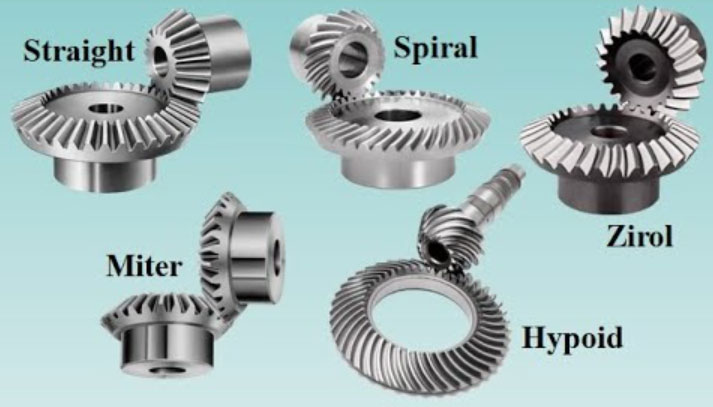Bevel gears play a significant role in automotive engineering, particularly in the transmission system and powertrain of vehicles. These gears are specially designed to transmit power and torque between intersecting shafts, usually at right angles to each other. The impact of bevel gears in automotive engineering can be seen in several key areas:

- Power transmission: Bevel gears are widely used in the automotive industry to transmit power and torque from the engine to the wheels. They are commonly found in the differential mechanism, which allows the wheels to rotate at different speeds while receiving power from a single source. The bevel gears in the differential enable smooth power transfer and help distribute torque evenly to the wheels, allowing for better traction and handling.
- Gear reduction: Bevel gears are often employed in the gearbox or transmission system to achieve gear reduction. Gear reduction is essential to convert the high-speed, low-torque output of the engine into lower-speed, higher-torque output at the wheels. By using bevel gears in the transmission, automotive engineers can achieve the desired gear ratios and optimize the vehicle’s performance characteristics, such as acceleration, top speed, and fuel efficiency.
- Steering mechanism: Bevel gears are also utilized in the steering systems of automobiles. They enable the transfer of rotational motion from the steering wheel to the steering mechanism, which ultimately controls the direction of the vehicle. Bevel gears in the steering system ensure efficient power transmission, precision, and responsiveness, allowing drivers to easily maneuver their vehicles.
- Noise and vibration reduction: Bevel gears are designed to mesh at various angles, which helps to minimize noise and vibration. The precise alignment of the gear teeth reduces backlash and ensures smooth operation, leading to quieter and more comfortable driving experiences. Additionally, the use of bevel gears with high-quality materials and advanced manufacturing techniques can further enhance their noise and vibration dampening capabilities.
- Differential lock systems: Some vehicles, particularly those designed for off-road or performance applications, are equipped with differential lock systems. These systems employ bevel gears to lock the differential and provide equal torque distribution to all wheels simultaneously. By engaging the bevel gears in the differential lock, automotive engineers can enhance traction and improve off-road capabilities by preventing wheel slippage.
In summary, bevel gears have a significant impact on automotive engineering, contributing to power transmission, gear reduction, steering mechanisms, noise and vibration reduction, and specialized applications like differential lock systems. Their precise design, efficient power transmission, and ability to handle high loads make them crucial components in the functioning and performance of automobiles.
